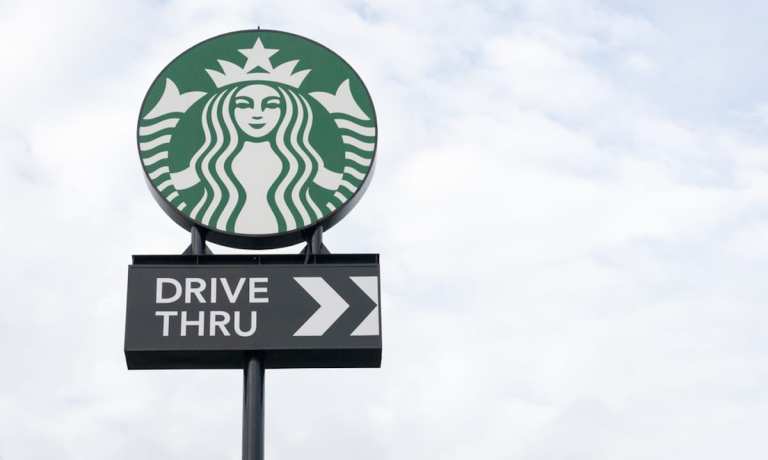
As the off-premises boom of the past year has boosted drive-thru traffic to unprecedented levels, quick-service restaurants (QSRs) are seeking new ways to meet consumers’ expectations for fast, seamless service. McDonald’s, for example, has partnered with digital signage company Visual Art and tech solutions provider Binary Brains to create artificial intelligence (AI)-powered drive-thru signs to adapt menus in real time to incoming customers, according to Digital Signage Today.
The goals are to use the signs’ machine learning (ML) algorithms to “drive average check — both off-peak and peak hours — increase add-ons (without adding operational time in the kitchen), [and] activate the local data-driven customer meeting with locally adapted menus,” Visual Art CEO Anders Apelgren told the publication. “…The algorithm was first trained for two months to show the best suitable and relevant offer throughout the day adapted to the local restaurant and its customer flows.” The signs are being pilot-tested at 15 restaurants in Sweden.
In New Jersey, a Chick-fil-A franchise is improving efficiency by using video chat-enabled drive-thru kiosks, according to a news release from the kiosks’ developer, Delphi Display Systems. The technology both eliminates the contagion concerns of face-to-face interactions and allows employees to interact with a greater number of customers during the winter, when taking orders outside becomes more difficult. The franchisee, Ken Walsh, created a five-lane drive-thru system, outfitting each lane with an interactive video chat kiosk. Walsh said that this system “has allowed us to continue delivering an efficient experience without sacrificing personal interaction and service.”
Even Starbucks, which has historically positioned itself as a place for people to come together, is optimizing the creation of drive-thru-only stores, reported QSR Magazine. The coffee chain’s “future drive-thru concept” involves creating locations that “have no seating, very small units, the side-by-side drive-thru lanes that we are bringing on to the footprint,” as Chief Operating Officer Rosalind Brewer explained on a recent earnings call.
These solutions are key at a time when there is a surge in demand for off-premises dining options. One recent study highlighted in our November Order to Eat Tracker revealed that the average drive-thru time among the nation’s 10 largest chains has slowed by nearly 30 seconds. Almost 25 percent of locations surveyed added electronic menu boards, which helped them trim an average of 12.3 seconds off each transaction.
In fact, as PYMNTS researchers found in our November-December Tracker, 31.6 million U.S. consumers went from dining in to ordering out at the pandemic’s onset. In addition to driving improved drive-thru store design and technology, this shift has also required evolutions in mobile ordering options and in payment technology worldwide. A recent survey highlighted in this month’s QR Code Payments Tracker found that 74 percent of Chinese consumers used mobile payments every day in 2020, with 95 percent of these payments powered by QR codes. Many chefs have praised the technology’s ability to enable restaurants to change their menus on the fly, allowing an out-of-stock item to be removed rather than forcing waiters to explain that it is no longer available, for example. Another study found that 45 percent of Americans prefer to look at menus, place orders and pay for their meals on their phones during the pandemic, and 40 percent say they will continue doing so once the health crisis ends.
Given that many of consumers’ mid-pandemic behavioral changes are predicted to affect their future purchasing habits, leading QSRs are making changes to their off-premises purchasing journeys that will allow them both to weather the current difficulties and to thrive in the post-pandemic restaurant industry.